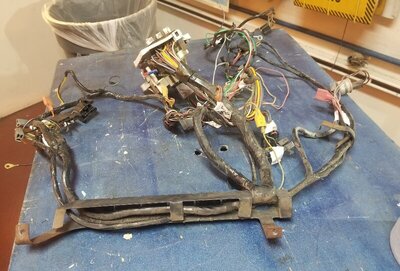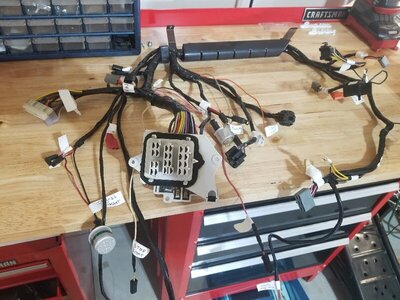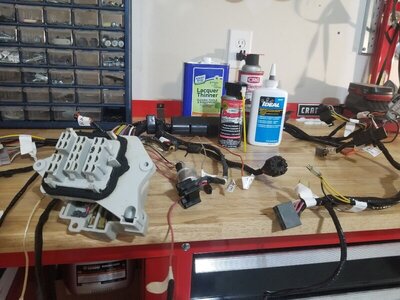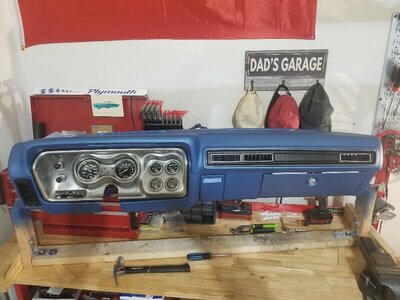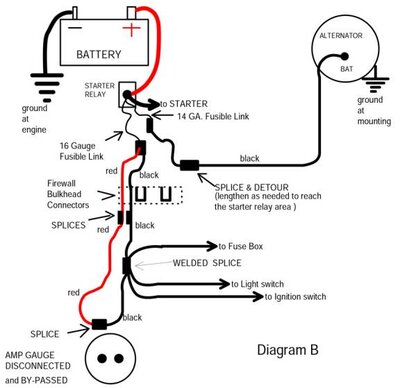Nacho-RT74
Well-Known Member
Well, first and as I mentioned in dozen of threads, you don't need to bypass the ammeter but get the best alt as posible per the car load requirement being able to feed at iddle all the needs as possible. Then since you are refurbishing the wiring, will be enough to get it mantenienced, cleaned and run at least a parallel path to the bulkhead between amm and alt and you'll be set. If it was already burnt, could be a diff story, but if is still in good conditions no need for that.
About soldering wires or crimping... or combo of both.. well, if making it on an area where wire won't move, why worry about it?. Diff stuff could be if the area will flex to the sides. I allways sold wires where is posible and safe and use couple of shrinking tubes to cover it. Just my opinion and never have been in troubles.
About soldering wires or crimping... or combo of both.. well, if making it on an area where wire won't move, why worry about it?. Diff stuff could be if the area will flex to the sides. I allways sold wires where is posible and safe and use couple of shrinking tubes to cover it. Just my opinion and never have been in troubles.
Last edited:

